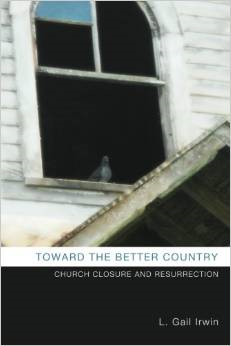 Mr. Baker loved to teach Sunday School, and he did so for over twenty years with elementary children in one of my churches. He also led adult studies and a book group, and studied different methods of faith formation in his free time. He was a man with a passion for Christian education.
Mr. Baker loved to teach Sunday School, and he did so for over twenty years with elementary children in one of my churches. He also led adult studies and a book group, and studied different methods of faith formation in his free time. He was a man with a passion for Christian education.
But a time came when his lifestyle changed. He and his wife both retired and were ready for more travel and freedom. So, during my interim pastorate (a time when leadership roles often shift), he decided it was time to step away from teaching– at least, he said, for awhile.
That spring, the church gave each Sunday School teacher a flowering annual bedding plant, as is their tradition. I had the children hand out plants to each teacher, but on a hunch, I prepared a different gift for Mr. Baker: a flowering perennial. I explained to the congregation that, although Mr. Baker was stepping away from teaching, he was, at heart, a perennial teacher, and we might see him in the classroom again some day.
The following spring, after a year of travel and relaxation in retirement, Mr. Baker came to my office. He wanted to talk about the next fall’s Sunday School curriculum. I was pleased that he was still interested in faith formation, but wondered what he was really there about. Finally he confessed: “I miss teaching. I want to come back.”
He reminded me about the perennial flower we had given him the year before, and told me it was in full bloom. He even sent me this picture of it, above. “Like my desire to continue teaching, that plant continues to thrive,” he said.
I have watched lay leaders step away from leadership after becoming tired or burned out. But beside that challenge is the joy of watching new leaders, who are curious and adventurous, say “I can try that.” In my former church, I watched volunteers who took over for Mr. Baker try their hand at teaching. It’s exciting to see people learn what they are capable of. Not every experiment goes well, but we all learn by engaging with the church in new ways; including me!
In Mr. Baker’s case, his absence re-affirmed his perennial passion for teaching; it’s part of who he is and how he lives out his mission from God.
An interim period is a good time to try on a new role or encourage someone else to. Sometimes, when you take a break from leadership, someone else gets a chance to step in. Maybe you will find a role you like better than the one you’ve been filling for awhile. Maybe you’ve never taken a leadership role and it’s time to try it. Or maybe, like Mr. Baker, you will take a break and then come back to “bloom where you are planted!”












